Located in the upper reaches of the Dong Nai River, Thac Mo protective forest (Quang Truc commune, Tuy Duc district, Dak Nong province) plays an important role in preserving the upstream forest ecosystem as well as protecting the rich forest resources in the transitional region of the Central Highlands and the Southeast. Among them are many rare heritage trees hundreds of years old with very high economic value, considered treasures and always the target of illegal loggers, making the work of protecting and preserving the forest always difficult and arduous.
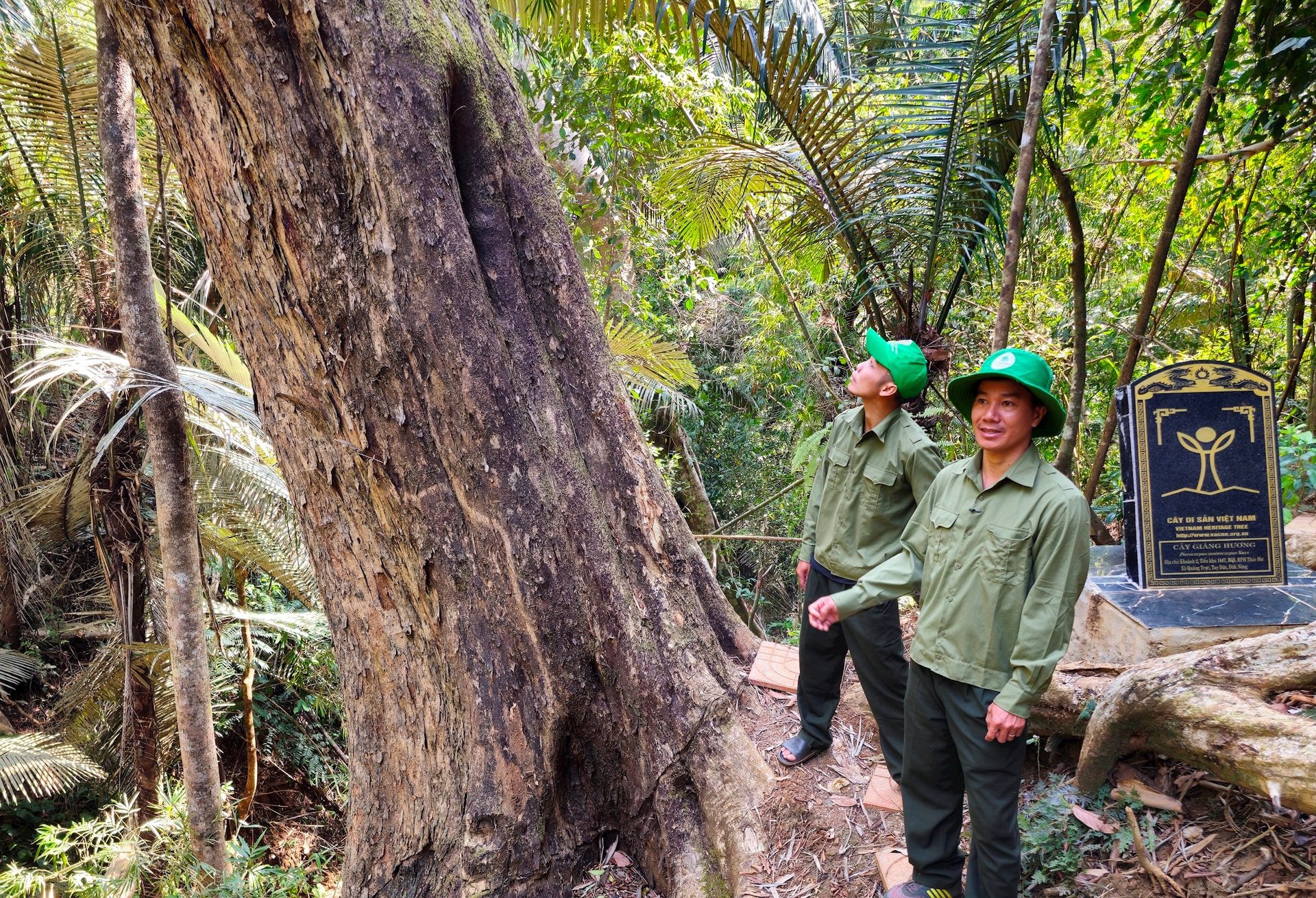
Medicinal specialties of the border region
With an area of over 6,300 hectares, Thac Mo protective forest is associated with Thac Mo hydroelectric lake ( Binh Phuoc province) and is located next to the upper Dong Nai river. This area has a special geographical location transitioning from the Central Highlands to the Southeast Delta, so the forest strip is gently sloping, low-lying, and has a diverse ecosystem with almost all species. In addition, the average altitude of the Central Highlands is 1,000 meters above sea level, so the forests in this area are spread over a large area, with constantly changing ecosystems. In addition to Thac Mo protective forest, Bu Gia Map forest ( Binh Phuoc province) is adjacent and has a similar geographical location. In addition, this is also an area close to the Cambodian border with the characteristic of having many rich primary forests of flora and fauna. The most special of which are rare species of ginseng, a medicinal resource considered a specialty in Thac Mo protective forest.
According to Mr. Nguyen Xuan Khuong, Director of Thac Mo Protective Forest Management Board, in addition to the natural old forests considered as a priceless treasure of rare wood, Thac Mo protective forest also has a specialty of natural ginseng, ground ginseng, and vine ginseng... which are also very rare and valuable. Although it cannot be compared to rare ginsengs on the market, ginseng in Thac Mo protective forest is also considered a valuable and unique source of medicinal herbs. Currently, like many other protective forests and national forests, Thac Mo forest also combines forest protection with sustainable economic exploitation from the forest. In which, the two main priorities are sustainable tourism exploitation thanks to the natural landscape, rivers, streams and waterfalls and medicinal herbs of the forest, along with the combination with the local community (mainly the M'nong ethnic group) who have lived there for many years to plant and protect the forest. This combination helps the natural ecosystem of the forest and the people living in the area to have a harmonious benefit, both being able to exploit the benefits of the forest in a sustainable and regenerative way, while preserving the precious values of the forest.
In addition to the ginseng ecosystem scattered everywhere, the most special thing in Thac Mo protective forest is the ancient trees with ages of hundreds of years. While in many places, rare and precious trees with economic value of billions of dong have been lost in many different ways, in Thac Mo forest, they are still protected and preserved intact and sustainably. Two years ago, a series of trees over 200 years old in Thac Mo protective forest were recognized as Vietnam Heritage Trees to help conservation receive more attention. Specifically, the Vietnam Association for Conservation of Nature and Environment recognized 20 trees in Thac Mo forest as heritage trees, including 6 pine trees, 11 three-leaf pine trees, 2 muong ngu trees and 1 extremely rare rosewood tree. Recognizing these heritage trees not only creates a brand for the forest but also unintentionally creates heavy pressure on preserving and protecting them. Because these trees are scattered in many sub-areas while the roads are difficult to travel, it makes patrolling, checking and protecting more difficult.
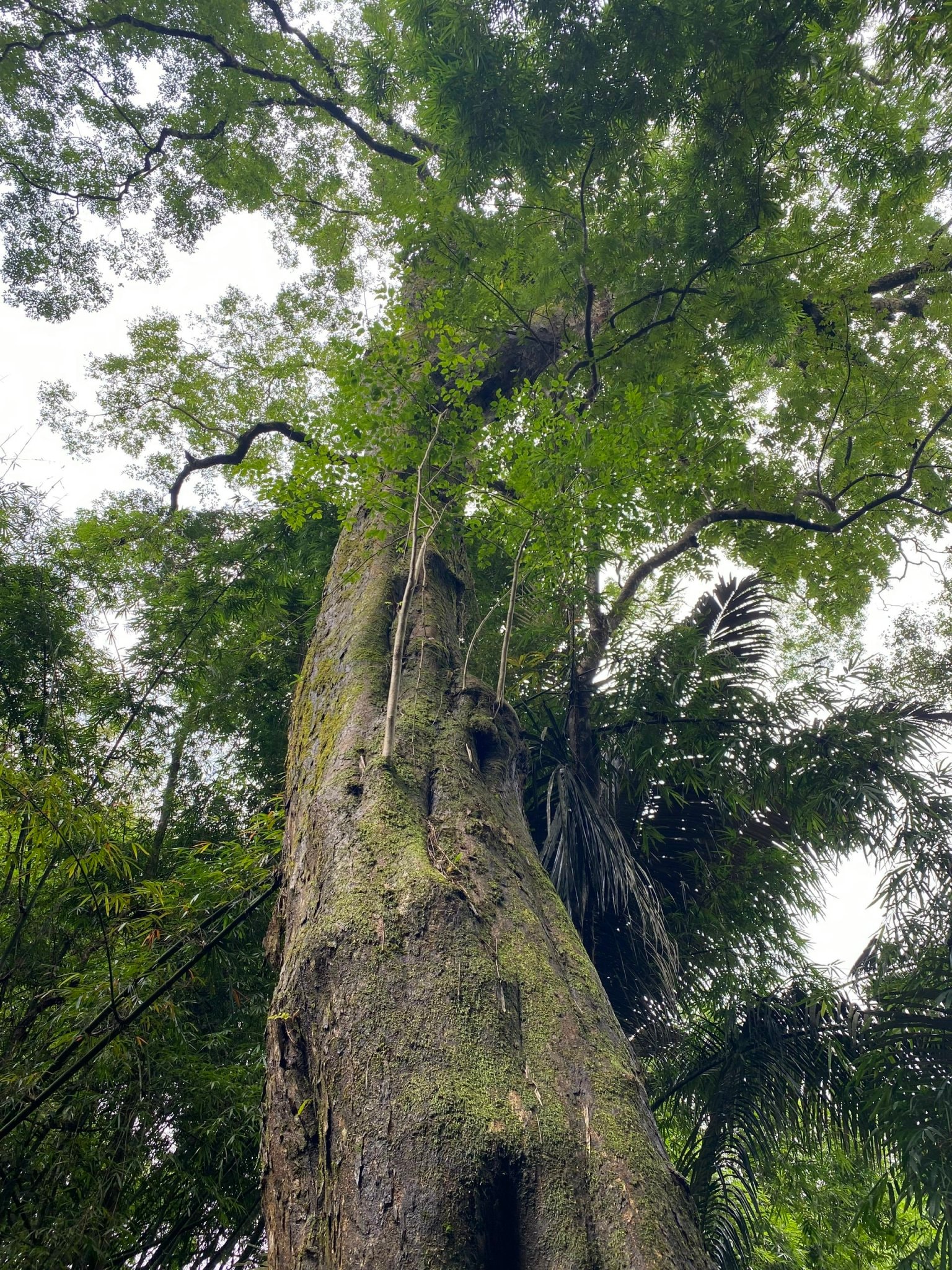
The hardship of protection work
Talking about preserving these precious treasures, a forest ranger in Thac Mo protective forest said that rosewood is a precious wood, with very high economic value in the market. Meanwhile, the rosewood tree in Thac Mo protective forest is considered one of the rarest precious trees in Vietnam today. The tree is about 440 years old, 40 meters high, with a trunk diameter of 5-6 meters. If traded on the market, the tree is worth about 4 billion VND in wood reserves, so it is always the target of illegal loggers. In addition, the tree is also located near the Dong Nai River, the river that separates Dak Nong and Binh Phuoc provinces, making protection more difficult. If there is even a short period of carelessness, illegal loggers can cut the tree and let it drift down the river, making it extremely difficult to control.
According to Mr. Nguyen Xuan Khuong, illegal loggers even planned and attacked the rosewood tree in 2020 when the whole society was ravaged by the Covid-19 pandemic. One rainy night around August 2020, a group of illegal loggers took advantage of the darkness to approach the rosewood tree and used chainsaws to cut it down. However, the rangers patrolling at night heard the sound of chainsaws in the area and quickly warned them to approach the scene. When they saw the rangers approaching, the illegal loggers ran away. “When we checked, the rosewood tree trunk had been sawed about 40cm wide and more than a meter long. Many people were afraid that the tree would not survive because of such severe injuries. However, the tree gradually recovered and is still standing tall and green to this day. After that, we guarded the tree more strictly,” said Mr. Khuong. According to Mr. Khuong, although it has escaped the saw blades of illegal loggers, with its high economic value and its location along the Dong Nai River, this tree is certainly still the target of many unscrupulous people. Protecting the rosewood tree as well as other trees is a task that forest rangers always pay attention to and carefully consider.
In addition to valuable timber trees, the special feature of protective forests is that they are interspersed with residential areas of people, mainly ethnic minorities. With the habit of purely cultivating and living off the forest, preventing and propagating so that the community understands and exploits the forest sustainably is a difficult task that takes a long time. Accordingly, in order for the forest to bring benefits to the community, it is indispensable to encourage local residents to participate in protection, planting and sustainable exploitation. This also helps reduce pressure on the core of the protective forest and gradually helps local people better understand the work of forest protection. In addition, because the forest is located near the border area, there is also a combination of some border guards in the neighboring area participating in protecting the forest.
Source: https://daidoanket.vn/bao-ve-cay-di-san-giua-rung-sau-10298625.html


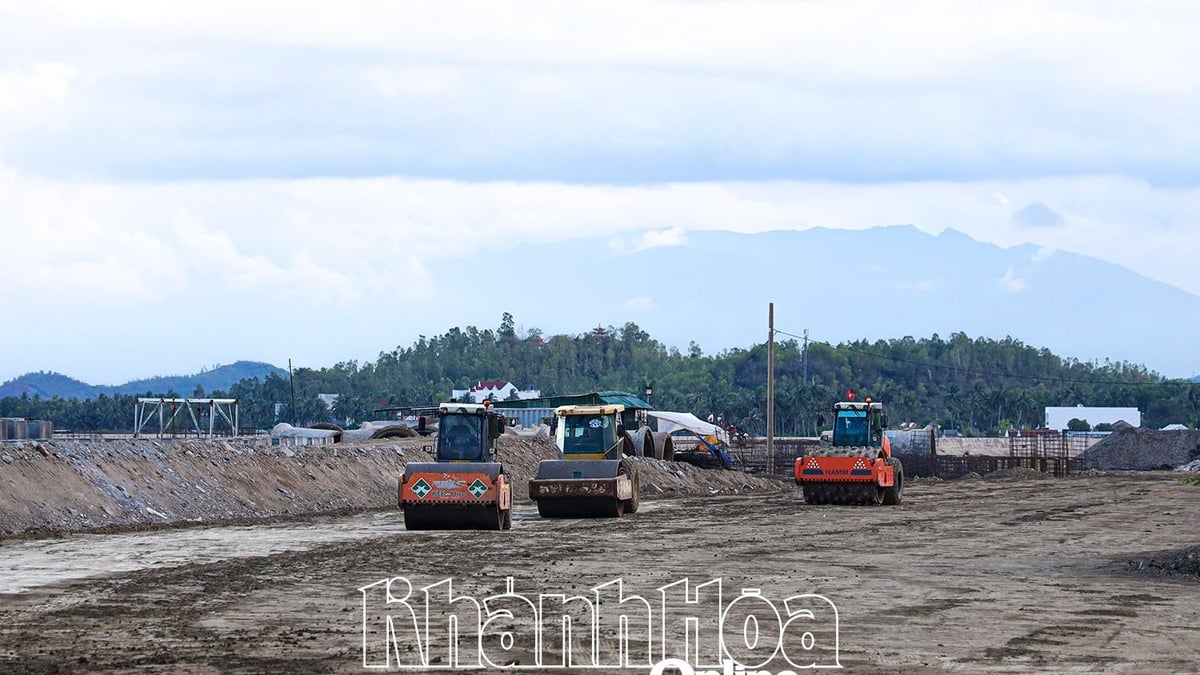
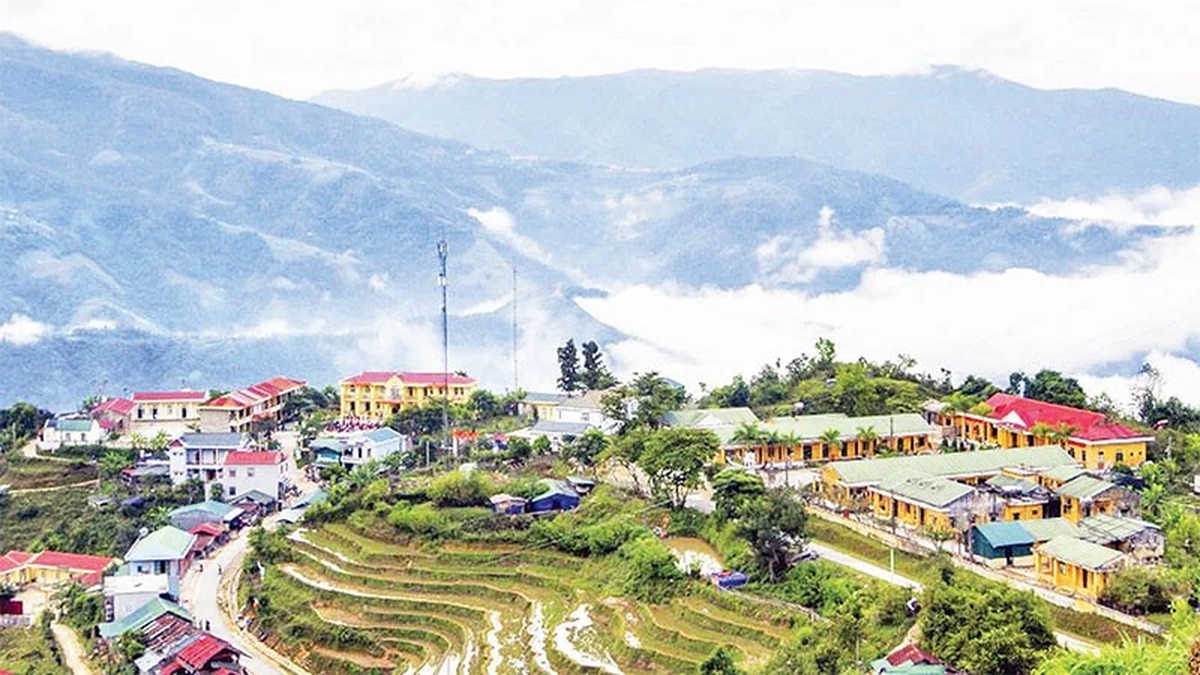




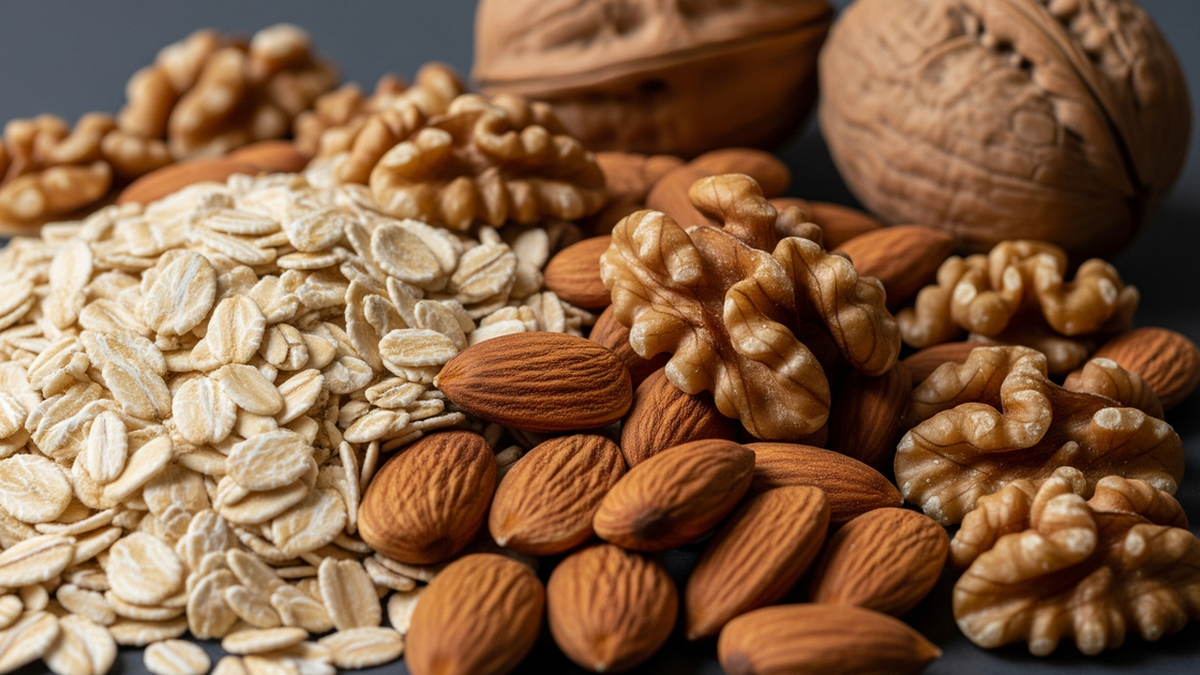














![[Photo] Signing of cooperation between ministries, branches and localities of Vietnam and Senegal](https://vphoto.vietnam.vn/thumb/1200x675/vietnam/resource/IMAGE/2025/7/24/6147c654b0ae4f2793188e982e272651)










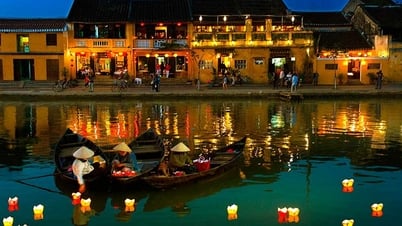



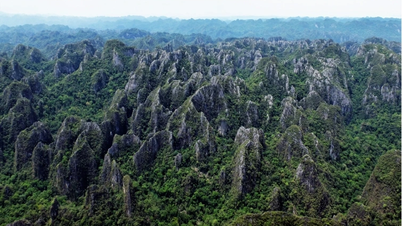


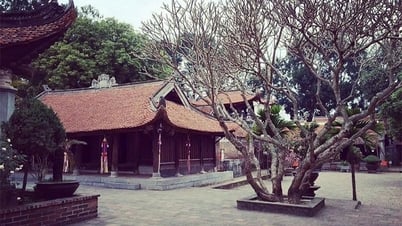






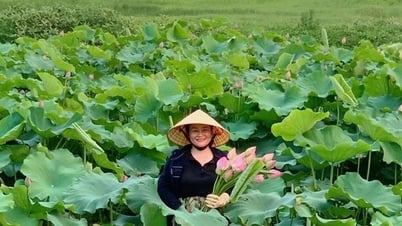














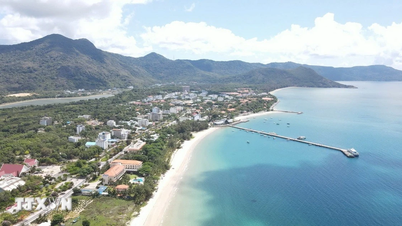
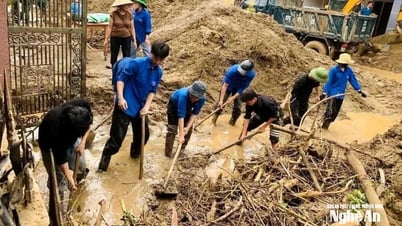










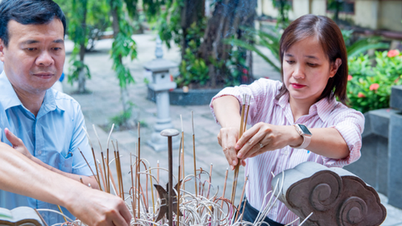
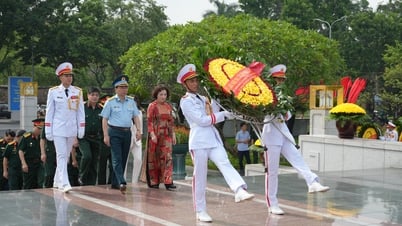




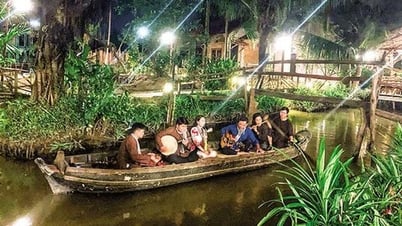






















Comment (0)